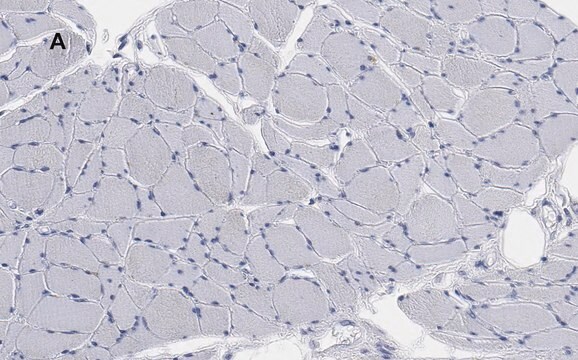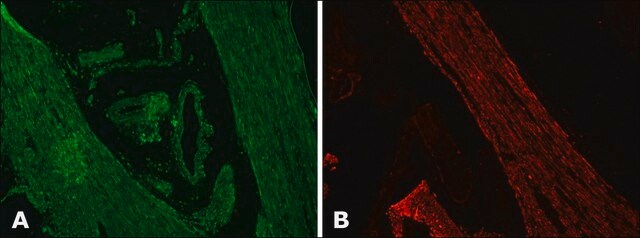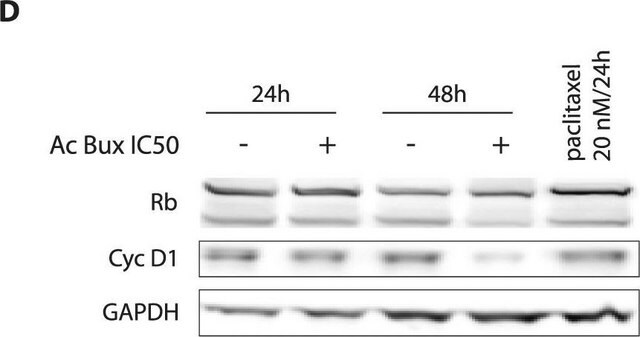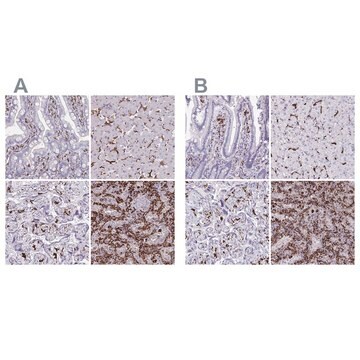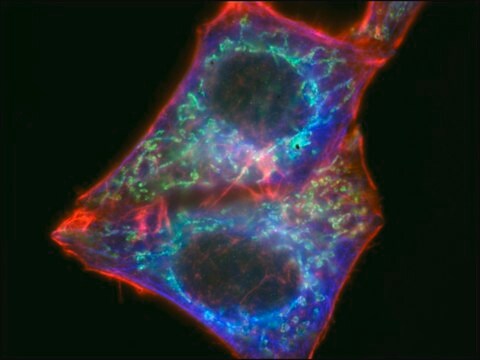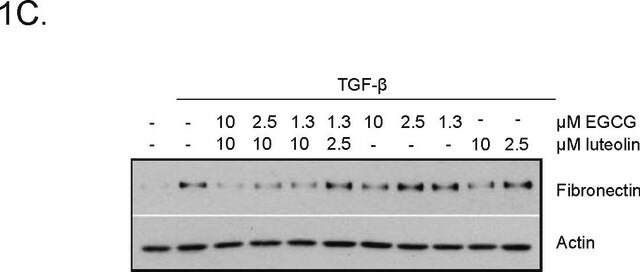SAB4200707
Anti-Desmin antibody, Mouse monoclonal

clone DE-U-10, purified from hybridoma cell culture
Sinónimos:
Anti-DES
About This Item
Productos recomendados
forma del anticuerpo
purified from hybridoma cell culture
Nivel de calidad
tipo de anticuerpo
primary antibodies
clon
DE-U-10, monoclonal
Formulario
buffered aqueous solution
mol peso
antigen ~55 kDa
reactividad de especies
rat, rabbit, hamster, porcine, goat, bovine, chicken, toad, sheep, mouse, human
validación mejorada
independent
Learn more about Antibody Enhanced Validation
concentración
~1.0 mg/mL
técnicas
immunoblotting: 0.5-1 μg/mL using whole extract of mouse myoblast C2C12 cells
immunofluorescence: 2-5 μg/mL using mouse myoblast C2C12 cells
immunohistochemistry: 2.5-5 μg/mL using heat-retrieved formalin-fixed, paraffin-embedded Human Appendix
microarray: suitable
isotipo
IgG1
Nº de acceso UniProt
Condiciones de envío
dry ice
temp. de almacenamiento
−20°C
modificación del objetivo postraduccional
unmodified
Información sobre el gen
human ... DES(1674)
mouse ... Des(13346)
rat ... Des(64362)
Categorías relacionadas
Descripción general
Inmunógeno
Aplicación
- immunoblotting
- immunofluorescence
- immunohistochemistry
- microarray
Acciones bioquímicas o fisiológicas
Forma física
Cláusula de descargo de responsabilidad
¿No encuentra el producto adecuado?
Pruebe nuestro Herramienta de selección de productos.
Código de clase de almacenamiento
10 - Combustible liquids
Punto de inflamabilidad (°F)
Not applicable
Punto de inflamabilidad (°C)
Not applicable
Elija entre una de las versiones más recientes:
Certificados de análisis (COA)
¿No ve la versión correcta?
Si necesita una versión concreta, puede buscar un certificado específico por el número de lote.
¿Ya tiene este producto?
Encuentre la documentación para los productos que ha comprado recientemente en la Biblioteca de documentos.
Los clientes también vieron
Nuestro equipo de científicos tiene experiencia en todas las áreas de investigación: Ciencias de la vida, Ciencia de los materiales, Síntesis química, Cromatografía, Analítica y muchas otras.
Póngase en contacto con el Servicio técnico